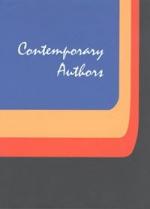|
This section contains 1,559 words (approx. 6 pages at 300 words per page) |

|
Beautifully Crafted Poetry for Ugly Moments in Time
Summary: A comparison of the approaches taken in Wilfred Owen's poem "Dulce et Decorum Est" and Sharon Olds' poem "Leningrad Cemetery, Winter of 1941" to exhibit the horrendous aspects of war. While Owen uses a soldier to convey his thoughts and Olds uses a civilian to convey hers, both poets employ similar literary techniques and methods to convey the pain and anguish felt during times of war.
Whether there is a soldier fighting in the heart of war or a city dweller observing the death of civilians, poetry that describes a period of war often portrays it as damaging and destructive. In "Dulce et Decorum Est," Wilfred Owen takes a soldier through trench warfare that ends in the death of a fellow fighter. In "Leningrad Cemetery, Winter of 1941," Sharon Olds has her narrator recount memories of a civilian urban centre during World War II. While both poets use similar techniques to convey the pain and anguish felt during times of war, Wilfred Owen is successful at constructing a more effective poem.
An important aspect of literature is the position of the narrator. In "Dulce et Decorum Est," Wilfred Owen uses the first person--point of view of a soldier fighting in the war. I believe that by doing so, he makes it easier to represent war...
|
This section contains 1,559 words (approx. 6 pages at 300 words per page) |

|


